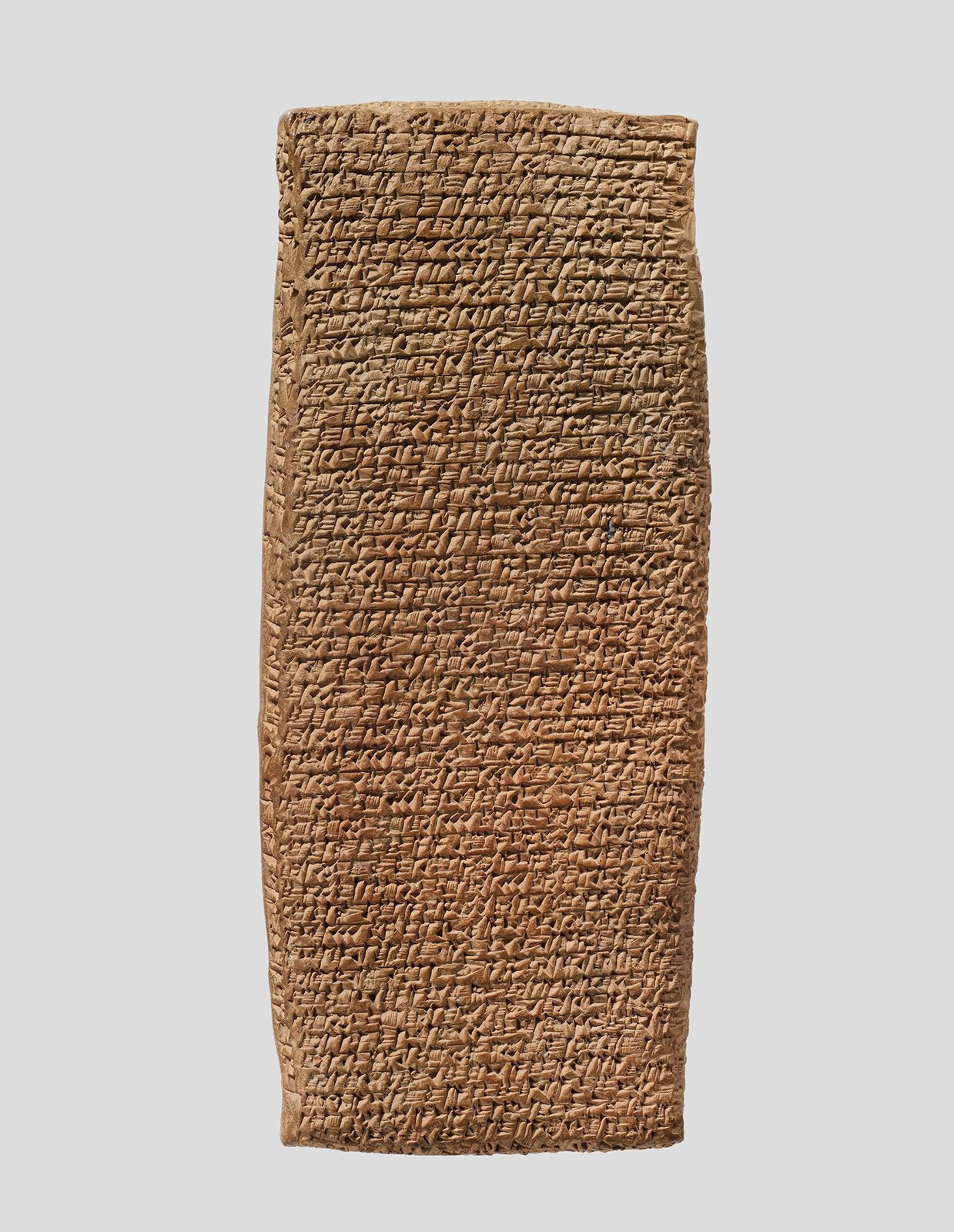The Semitic Language Family boasts a rich history, with written records stretching back to the mid-3rd millennium BCE. These ancient languages have not only shaped civilizations but also left an indelible mark on the world’s linguistic landscape. Our exploration begins in Mesopotamia, the cradle of some of the earliest Semitic tongues.
The earliest written evidence of Semitic languages comes from Old Akkadian, intertwined with the Sumerian literary tradition. By the dawn of the 2nd millennium BCE, Akkadian dialects flourished in Babylonia and Assyria. Adopting the cuneiform writing system from the Sumerians, Akkadian rose to prominence as the lingua franca of Mesopotamia. The archaeological discovery of Ebla (modern Tall Mardikh, Syria) unveiled archives inscribed in Eblaite, a language dating back to the mid-3rd millennium BCE, further illuminating this early period.
Personal names from this era, preserved in cuneiform texts, offer glimpses into Amorite, a Western Semitic language. While the Proto-Byblian and Proto-Sinaitic inscriptions remain enigmatic, they hint at the presence of Semitic languages in the Syro-Palestine region during the early 2nd millennium. Ugarit, a significant coastal city that thrived from the 15th to 13th centuries BCE, bequeathed a wealth of records in Ugaritic. The Tell el-Amarna archives, Egyptian diplomatic correspondence, also provide valuable insights into the linguistic evolution of the region in the late 2nd millennium BCE, revealing local linguistic influences within Akkadian texts.
 Cuneiform tablet showcasing ancient Semitic writing
Cuneiform tablet showcasing ancient Semitic writing
From the end of the 2nd millennium BCE, the Canaanite branch of the Semitic language family began to emerge in written form in Syro-Palestine. Inscriptions utilizing the Phoenician alphabet, the ancestor of modern European alphabets, proliferated across the Mediterranean as Phoenician commerce expanded. Punic, a dialect of Phoenician spoken in Carthage, a major North African colony, persisted until the 3rd century CE. Classical Hebrew, perhaps the most well-known ancient Canaanite language, is primarily known through the scriptures and religious texts of ancient Judaism. Although Aramaic eventually replaced Hebrew as a spoken language, Hebrew remained vital for Jewish religious traditions and scholarship. Remarkably, modern Hebrew was revived as a spoken language during the 19th and 20th centuries.
Early in the 1st millennium BCE, Aramaic languages appeared in written records. Old Aramaic dialects are documented from the 9th century BCE onwards. Under the Achaemenian Empire, Imperial Aramaic served as an administrative language across a vast region, leading to Aramaic dialects supplanting local languages in many parts of the Middle East. Various forms of Aramaic left written records, including Hatran, Mandaic, Nabatean, Palmyrene, and Syriac in Edessa. The Galilean and Babylonian dialects of Aramaic played crucial roles in preserving Jewish traditions.
The Arabian Peninsula’s written linguistic history dates back to the mid-1st millennium BCE. The kingdoms of ancient South Arabia (Saba, Minaea, Qataban, and Ḥaḍramawt) produced numerous inscriptions in Old South Arabian (OSA) languages. The OSA alphabet gave rise to the Ge’ez (Classical Ethiopic) script, still used by modern Ethiopic languages. In northern Arabia, early North Arabian languages like Lihyanite, Safaitic, and Thamudic have been discovered. Arabic, closely related to these, expanded dramatically with the rise of Islam in the 7th century, reaching as far as Spain and Central Asia. Arabic literature, both scholarly and artistic, flourished, often recorded in Kufic script, the earliest form of Arabic calligraphy. Arabic dialects became the spoken language across North Africa, Syro-Palestine, Mesopotamia, and beyond.
In conclusion, the Semitic language family represents a vast and influential linguistic group with a long and documented history. From the ancient cuneiform writings of Mesopotamia to the elegant Kufic script of early Arabic, these languages have played a pivotal role in human history, leaving a lasting legacy in language, culture, and civilization.
